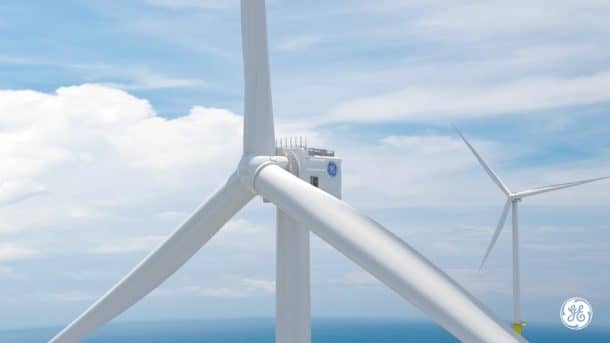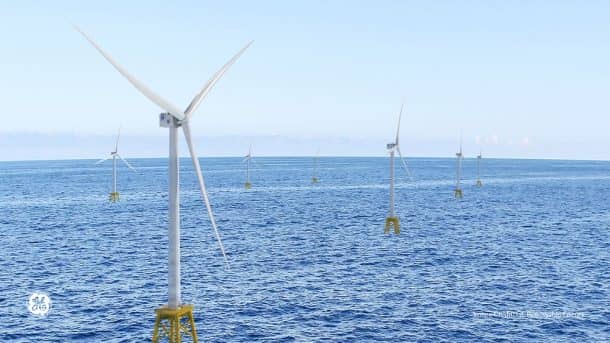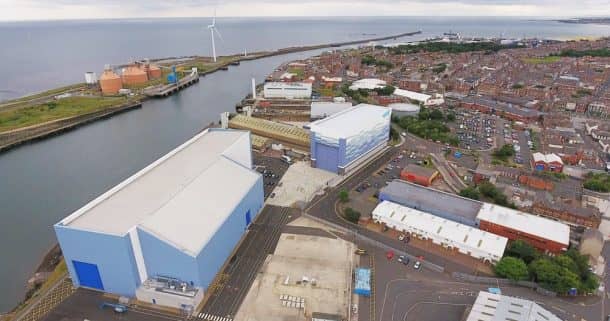GE Renewable Energy unveiled its plans last month to build the world’s largest, most powerful offshore wind turbine, known as the Haliade-X. The huge rig will be tested and developed over the course of next five years at the UK’s Offshore Renewable Energy (ORE) Catapult research centre.
The Haliade-X will feature a 12-megawatt direct drive generator and will produce 45% more energy than any other offshore wind turbine currently available. The plans include generating 67 GWh annually. This is enough to power 16,000 European households.

The turbine will stand tall at 260 meters with a 220-meter rotor having three 107-meter blades. These will be the longest offshore blades ever made. The turbine will also have a 63% gross capacity factor. This factor is defined as the amount of energy generated versus the maximum that could have been produced at continuous full power operation during a specific period of time.
The question arises that why to build such a huge turbine when you can make numerous smaller ones. The company says that using fewer turbines results in less capital expenditure for a wind farm and also has a shorter installation time. The maintenance process for the farm is also simplified.

During the testing at the facility, the engineers will be assessing cooling technologies, converters. and loading conditions across mechanical and electrical components. Grid testing will also be conducted to validate the design. This will result in the world’s largest and most powerful grid emulation system being built.
“This is an important agreement because it will enable us to prove Haliade-X in a faster way by putting it under controlled and extreme conditions,” says John Lavelle, president and CEO of GE’s Offshore Wind business. “Traditional testing methods rely on local wind conditions and therefore have limited repeatability for testing. By using ORE Catapult’s facilities and expertise, we will be in a better position to adapt our technology in a shortened time, reduce unplanned maintenance, increase availability and power output, while introducing new features to meet customers’ demands.”

The Haliade-X turbine is expected to be complete in 2021. You can check it out in the video below:


